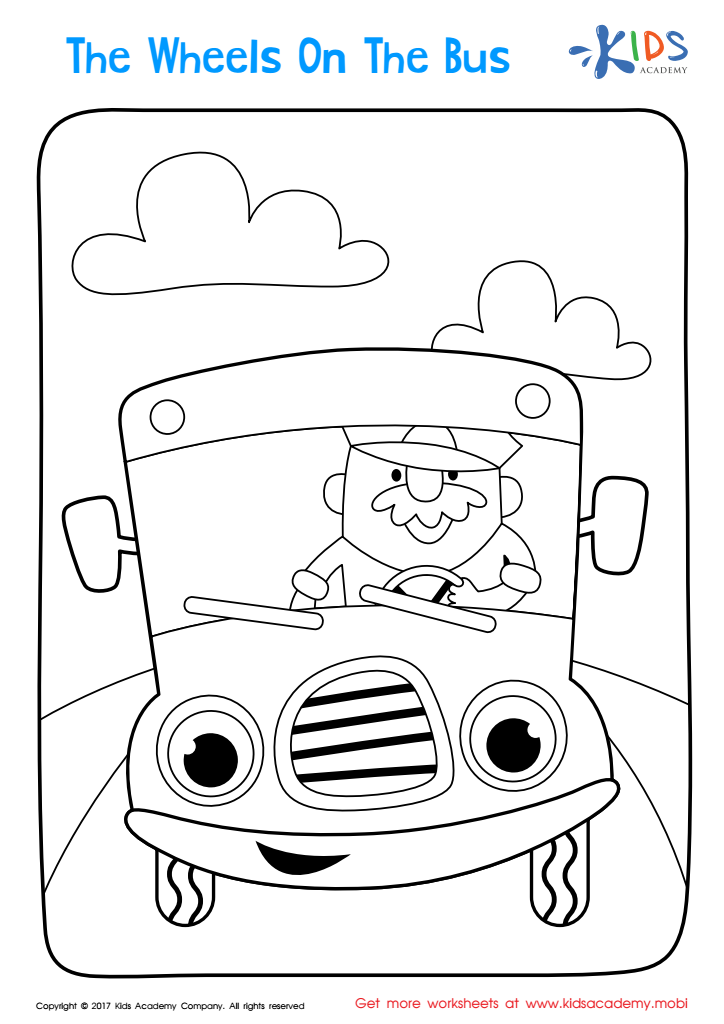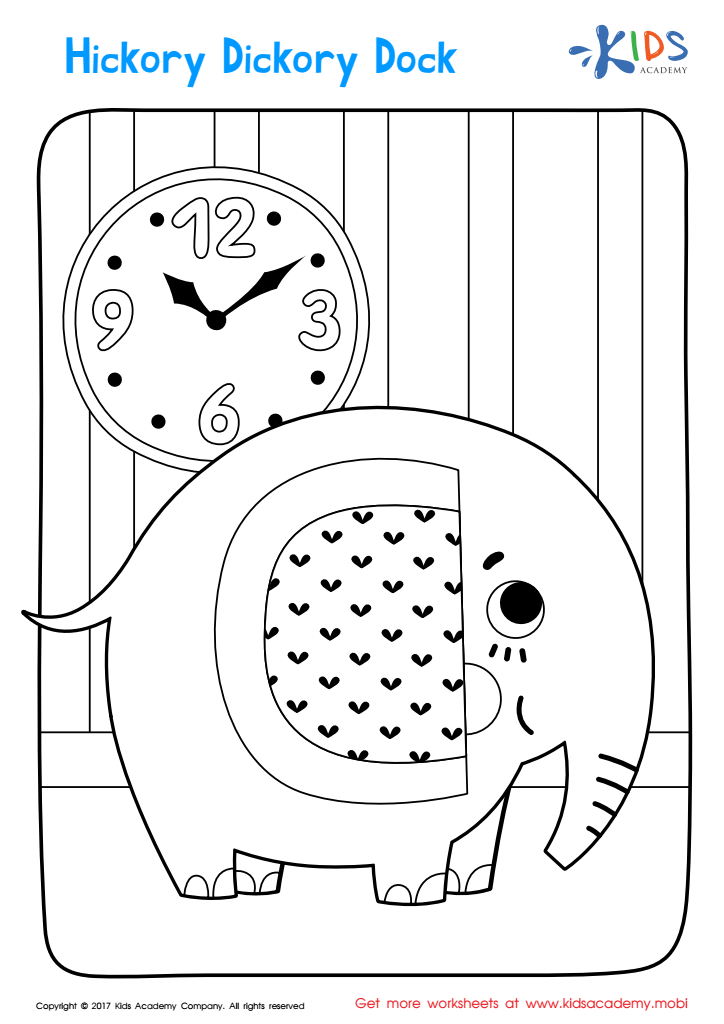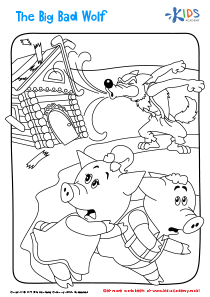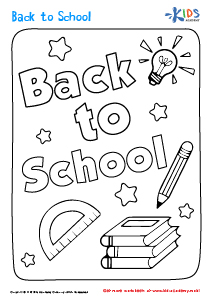Nursery Rhymes Coloring Pages Worksheets for Ages 5-9
3 filtered results
-
From - To
Introduce your little ones to the enchanting world of nursery rhymes with our delightful Nursery Rhymes Coloring Pages Worksheets, designed especially for ages 5-9. These printable worksheets combine the joy of coloring with the magic of timeless rhymes, offering an engaging way for children to enhance their creativity, fine motor skills, and language development. Featuring beloved characters and scenes from nursery classics, each page invites kids to color their way through familiar tales like "Humpty Dumpty" and "Twinkle, Twinkle, Little Star". Perfect for both home and classroom use, our coloring pages provide endless educational entertainment. Download and start the fun today!


Twinkle Twinkle Little Star Coloring Page


The Wheels on the Bus Coloring Page


Hickory Dickory Dock Coloring Page
Nursery Rhymes Coloring Pages for children ages 5–9 blend creativity with learning, offering a trifecta of educational and developmental benefits. Firstly, they enhance fine motor skills. As children color within the lines, they build precision and hand-eye coordination. Secondly, these pages provide an excellent platform for early literacy. Nursery rhymes' repetitive and rhythmic nature aids with word recognition, phonemic awareness, and memory. As children color familiar characters, they're likely to recite or recall the rhyme, reinforcing language skills organically.
Additionally, these coloring pages can foster cognitive development and comprehension. Kids have the opportunity to visualize stories and their contexts—connecting the depicted images to the narratives they’ve heard. This interplay between text and illustration nurtures imagination and critical thinking.
On an emotional and social level, coloring can offer relaxation and stress relief, providing a quiet, meditative activity that encourages focus. Group coloring activities can also teach patience, turn-taking, and cooperation, which are important social skills for young learners.
Finally, nursery rhymes often introduce children to various cultural contexts and moral lessons. Coloring pages related to these rhymes intertwine fun with values and traditions, creating a diverse learning experience. Thus, they are an effective educational tool to support holistic childhood development.

 Assign to My Students
Assign to My Students

















